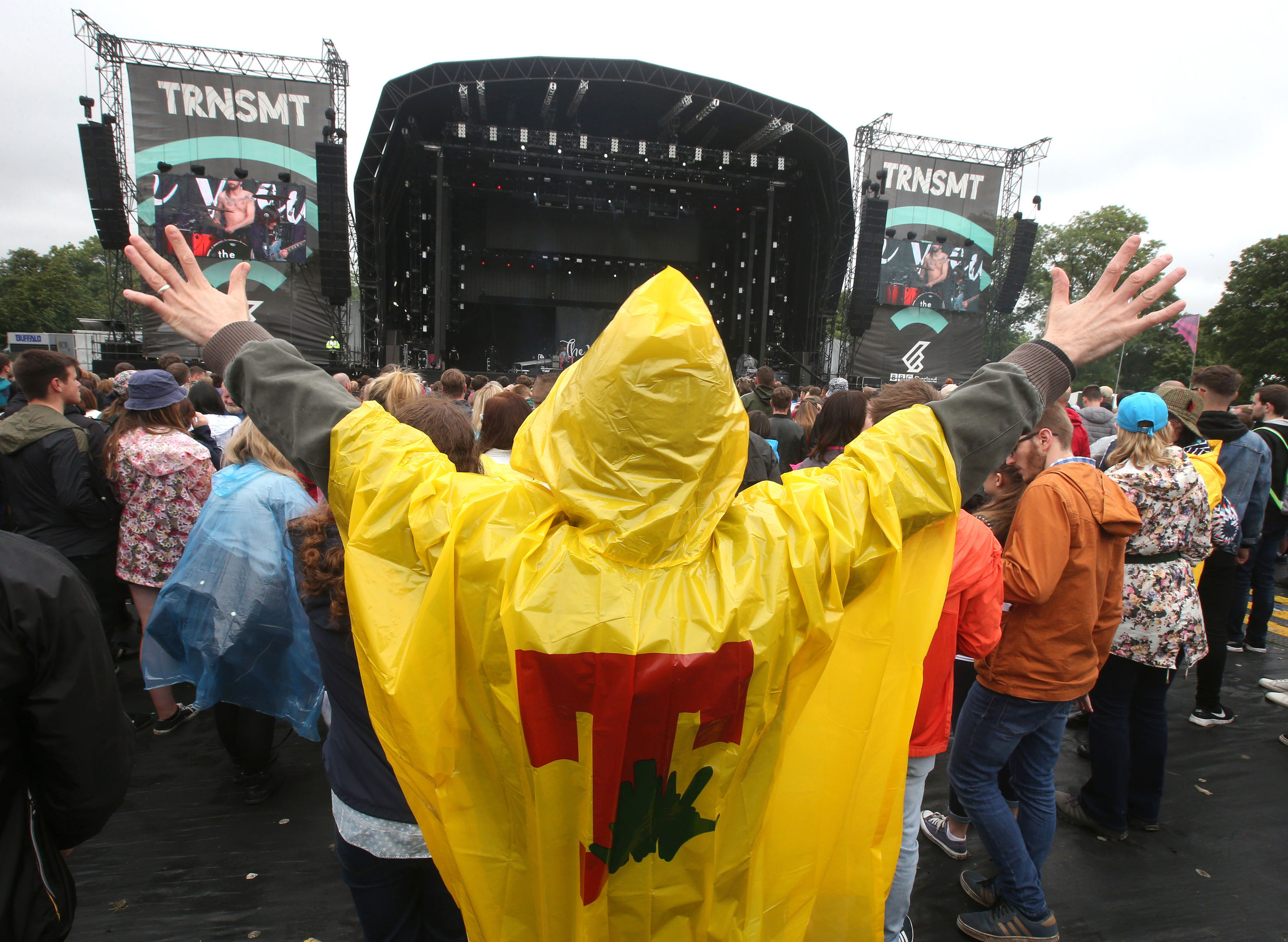
THE number of people watching live music across the UK has soared in the past 12 months, new research reveals.
A 12% rise in audiences watching their favourite artists at gigs, concerts and festivals helped deliver a £4 billion boost to the UK economy, according to UK Music study Wish You Were Here.
Total audience numbers reached 30.9 million, the research found, up from 27.7 million in 2015. However it also revealed a sharp fall in the amount of money being spent at venues with a capacity of under 1,500.
Spending at those smaller venues dropped by 13% which was labelled as “worrying” by founder of the Music Venue Trust, Mark Davyd.
Chief executive of UK Music, Michael Dugher, said the smaller venues were a “vital part of the live music industry”.
“UK Music will continue to campaign to safeguard smaller music venues, many of which are fighting for survival,” the former Labour MP said.
The research also found:
- The number of music tourists from the UK and abroad increased by 20% in 2016 to 12.5 million. Of those, 11.6 million were Brits visiting live events in other parts of the UK.
- Music festivals attracted almost 4 million revellers through their gates across 2016.
- The average spend by a British music tourist in the UK was £150 while those coming from overseas spent an average of £850.
Mr Dugher said Ariana Grande’s One Love Manchester concert last month highlighted the “incredible power of music to heal”.
He added: “Live music in the UK is a tremendous success story and makes a massive contribution to our culture and general wellbeing, as well as our economy. It showcases our talent to the world and brings pleasure to millions every day.”
Culture Secretary Karen Bradley said: “UK Music’s Wish You Were Here report clearly shows music and the creative industries are not only central to our cultural DNA but also hugely important for creating jobs and growth across the country.
“It’s fantastic to see a record number of visitors to live events in the UK and the huge popularity of our artists overseas. Our musicians are cultural ambassadors for Britain and help us show the world that we are an optimistic and open country.”

Enjoy the convenience of having The Sunday Post delivered as a digital ePaper straight to your smartphone, tablet or computer.
Subscribe for only £5.49 a month and enjoy all the benefits of the printed paper as a digital replica.
Subscribe